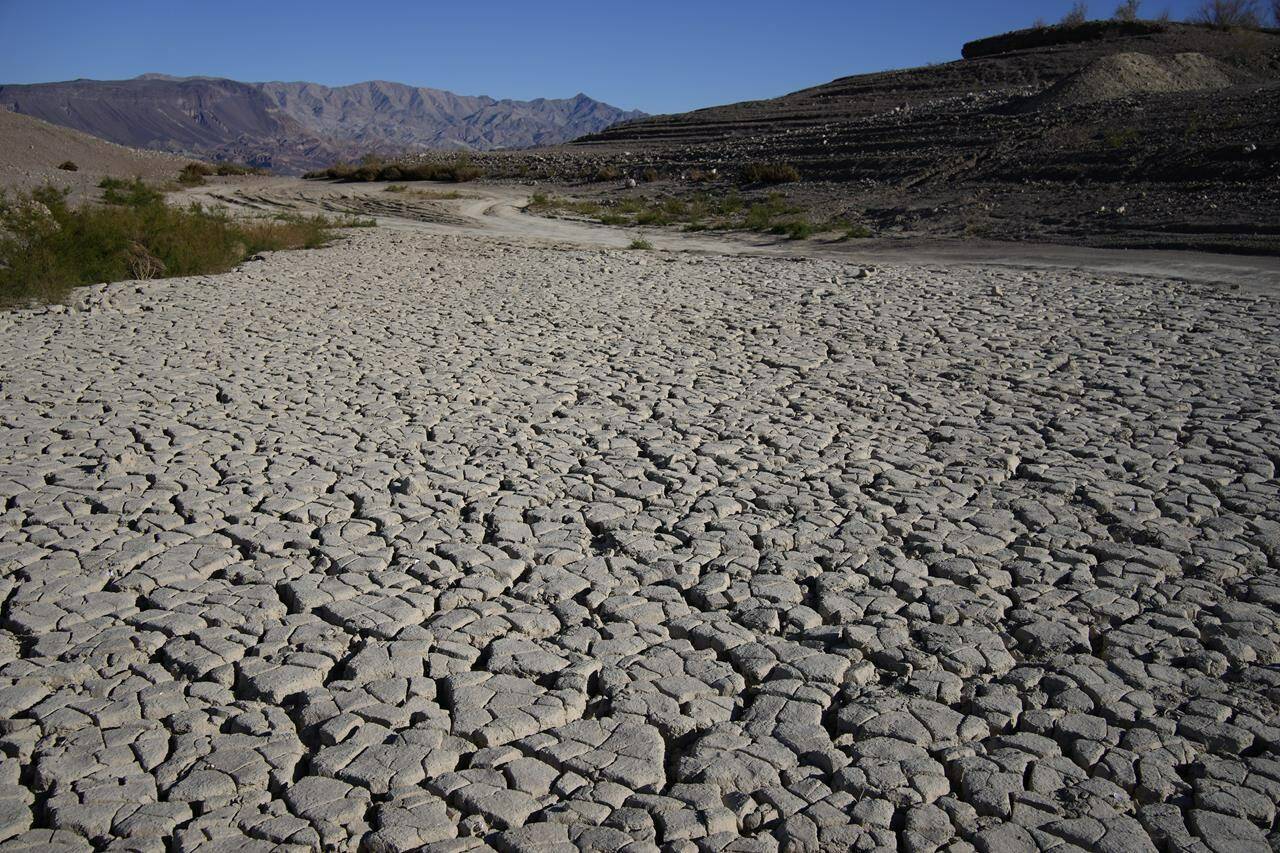Whether it’s forests being felled for monoculture crops or development encroaching on habitats, a new study highlights how human activity is causing freshwater species to be wiped out at a faster rate.
The study found 43 per cent of mammals dependent on the rivers, streams and lakes that make up freshwater systems are threatened and three in four of them globally face threats from the expansion of human activity.
Increasing aridity, pesticide pollution, croplands and the growing footprint of human development had the strongest negative impacts on the affected species, according to the study.
According to Jason Fisher, who co-authored the study ‘Accelerated human-induced extinction crisis in the world’s freshwater mammals,’ “There are a lot of freshwater mammals that are in trouble unfortunately.”
“We knew there was going to be some issues there but we didn’t know just how bad it was going to be.”
The University of Victoria wildlife ecologist noted it shouldn’t come as a huge surprise that biodiversity decreases as rainforests are cut down for single-crop farmland or as pesticides bioamplify through the food chain.
However, the researchers’ data analysis put empirical weight behind those observations for the first time and it filled a gap in understanding about what’s happening in freshwater ecosystems. The analysis also compared different global regions defined by specific climates and vegetation conditions, helping to dispel critiques that impacted species are just localized cases.
“What we have done is say ‘Look these are global patterns, these are things that are seen worldwide and they’re not subtle effects either,’” Fisher said. “So that tells us we have a real problem here.”
Freshwater habitats cover just three per cent of the earth’s surface, but they support a much higher percentage of overall life, with about a third of all vertebrate species being dependent on them. The findings represent a bellwether as Fisher said freshwater mammals are feeling the impacts right now, so humans are next in line.
He gave the example of climate change models showing aridity will increase, while human populations in America’s southwest are already dealing with major reservoirs like Lake Mead drying up.
Story continues below photo
The study used International Union for Conservation of Nature databases – which track the status of species globally – to look at how the richness of 142 freshwater mammals, ranging from rodents to larger carnivores, are being affected by human actions.
Reversing the trend of freshwater mammals getting pushed closer to extinction will take actions such as ending forest clearcuts, reducing widespread pesticide use and moving to mixed agro-forest models for food production, Fisher said.
The researchers also found that protected areas provide a greater richness of freshwater species, with lands managed or owned by Indigenous Peoples being twice as effective as regular protected plots.
“That’s a really big deal, we’re starting to recognize in the last couple of years just how important those areas are going to be for conservation and this is another piece of that puzzle about how Indigenous areas are helping keep biodiversity areas on the map,” Fisher said.
He hopes the study will lead to people putting more pressure on governments to establish more protected and Indigenous-managed areas, especially freshwater ones as the study said they’re few and far between. The scientist said freshwater systems in B.C. support vital salmon runs, but conservation and restoration of those waterways aren’t keeping up with impacts caused by large-scale forestry.
“The health of these freshwater systems has to be built into government planning and land use planning and currently it’s not, it’s just sitting on the sidelines.”
READ: Provinces, territories agree to help feds in ‘30 by 30’ goal to halt land, water loss


